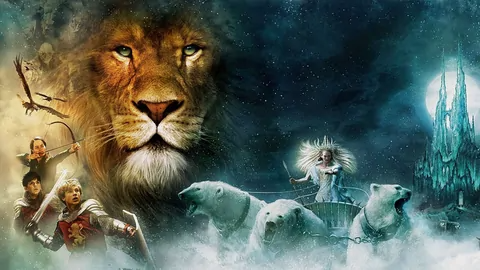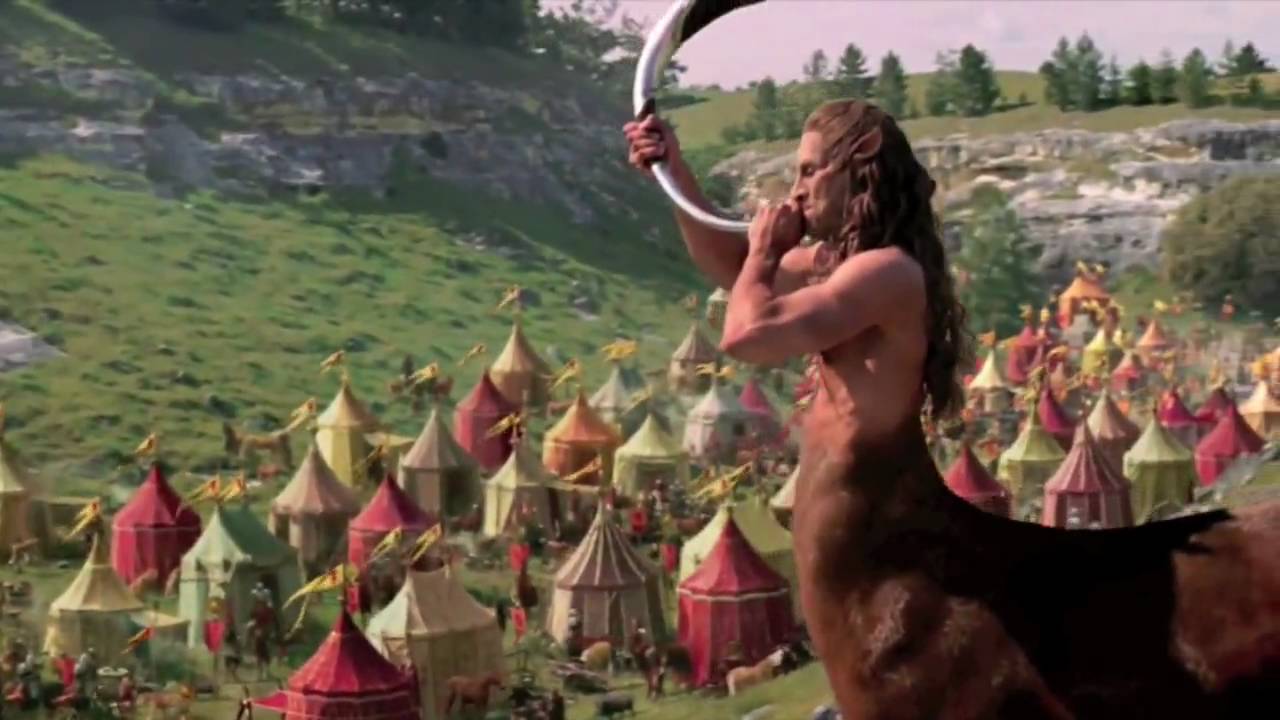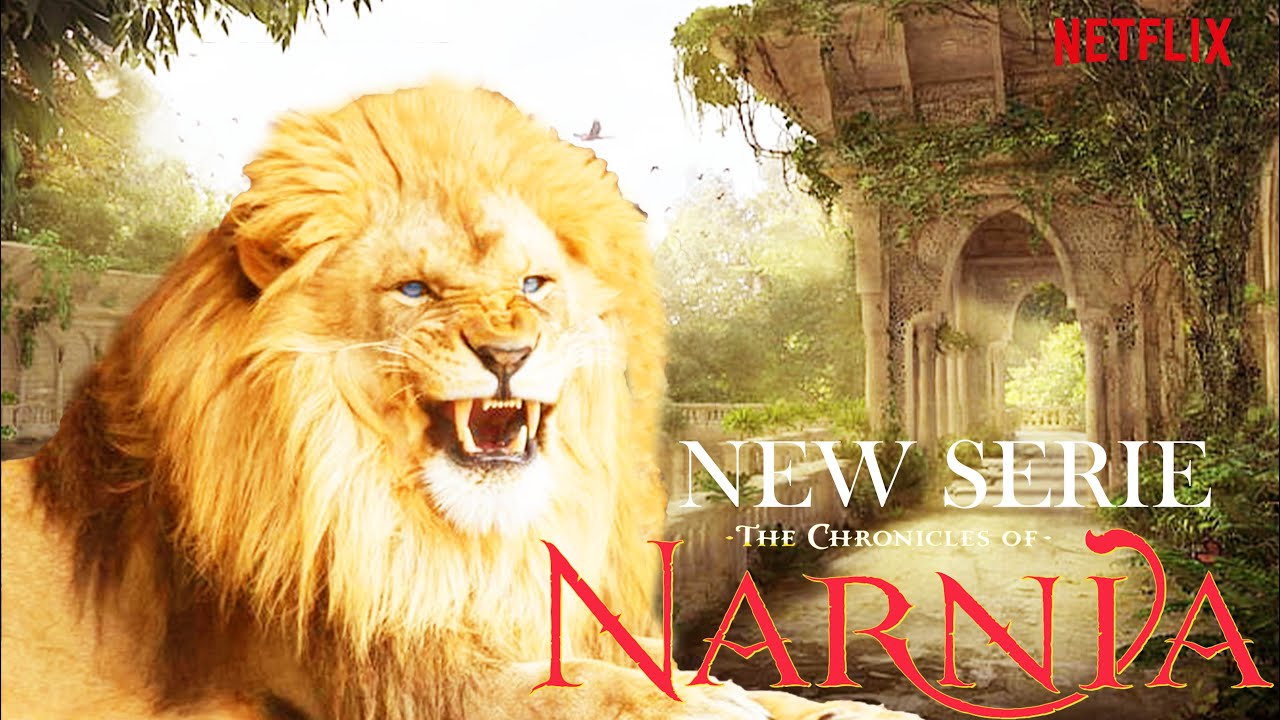
Introduction: Released in 2005, The Chronicles of Narnia: The Lion, the Witch and the Wardrobe transports audiences into the magical world of Narnia, where good battles evil in an epic fantasy adventure. Based on C.S. Lewis’s beloved novel, this film adaptation directed by Andrew Adamson brings the wonder, excitement, and depth of the original story to life. With its stunning visuals, unforgettable characters, and powerful themes of bravery, sacrifice, and redemption, this movie has remained a family favorite and a cornerstone of the fantasy genre.
Plot Overview: The film follows the Pevensie siblings—Peter (William Moseley), Susan (Anna Popplewell), Edmund (Skandar Keynes), and Lucy (Georgie Henley)—as they are evacuated to the countryside during World War II. In the sprawling countryside mansion of Professor Kirke, the youngest sibling, Lucy, stumbles upon a magical wardrobe that leads to the land of Narnia.
Narnia, a world of talking animals and mythical creatures, is ruled by the evil White Witch (Tilda Swinton), who has cast the land into eternal winter. As the siblings explore Narnia, they learn of an ancient prophecy that foretells their arrival and how they are destined to aid Aslan (voiced by Liam Neeson), the noble lion and true ruler of Narnia, in overthrowing the White Witch and restoring peace to the land.

What follows is an epic journey of adventure, sacrifice, and growth as the children come to terms with their roles in Narnia’s destiny. Along the way, they must confront their fears, develop courage, and learn the power of unity.
Performance and Character Dynamics: The young cast shines in their roles as the Pevensie siblings, bringing heart and authenticity to their respective characters. Georgie Henley’s portrayal of Lucy captures the innocence and wonder that fuels the story’s magic, while William Moseley’s Peter matures from a reluctant older brother to a brave leader.
Tilda Swinton’s performance as the White Witch is chillingly perfect. She brings a cold, calculating, and terrifying presence to the screen, portraying a villain whose allure and evilness are balanced in equal measure. Liam Neeson’s voice acting as Aslan brings both gravitas and warmth, making Aslan a figure of strength and wisdom, embodying the film’s themes of redemption and sacrifice.
Themes and Analysis: The film explores the themes of good versus evil, faith, and redemption, rooted in Christian allegory. Aslan’s sacrifice and resurrection mirror Christ-like imagery, and the film highlights themes of forgiveness and the triumph of love and loyalty over betrayal and selfishness.

It also emphasizes the importance of courage, even in the face of overwhelming odds. The Pevensie children’s growth throughout the film—especially Peter and Edmund—reflects their journey from ordinary children to heroic figures who play a pivotal role in Narnia’s fate.
Another key theme is the power of choice. Each sibling faces moments of moral testing, particularly Edmund, whose betrayal serves as one of the most powerful arcs in the story. His eventual redemption highlights the possibility of second chances and personal growth.
Visuals and Cinematography: The film’s cinematography and visual effects bring the magical world of Narnia to life. The sweeping landscapes, from the snowy forests to Aslan’s camp, are beautifully realized, and the CGI used for characters like Aslan and other mythical creatures is both convincing and enchanting. The battle scenes, particularly the final showdown between Aslan’s forces and the White Witch’s army, are thrilling and emotional, combining grand spectacle with personal stakes.

The costuming and production design further enhance the sense of immersion, particularly the White Witch’s chilling wardrobe and the intricate details of Narnia’s magical creatures.